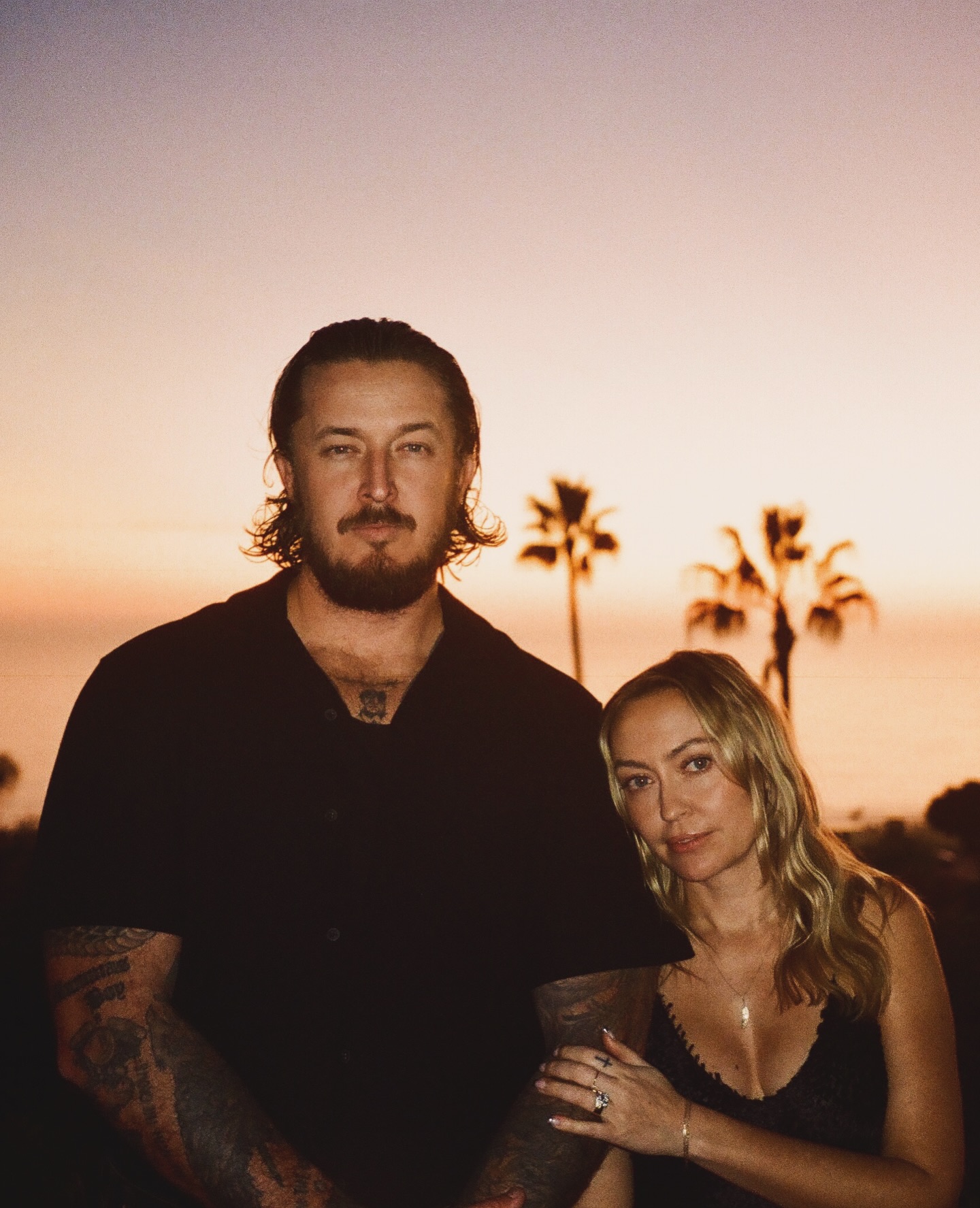The Unexpected Genetic Effects of Early-Life Challenges: Stress Outweighs Head Injury

An investigation conducted on rats suggests that stress experienced early in life can significantly influence brain development, and potentially affect more genes than childhood head traumas. This stress could result in long-term health and behavioural issues, such as increased risk-taking behaviours, underscoring the importance of early intervention in negative childhood experiences.
Researchers were surprised to find, when studying whether early-life stress exacerbated the effects of a childhood head injury in relation to later health and behaviour, that in an animal study, stress altered the activation level of many more genes in the brain than those altered by a head injury.
It’s well-known that head injuries are common in children, often due to falls, and can be associated with mood disorders and social difficulties that develop later in life. Adverse childhood experiences are also very frequent, and can increase the risk of disease, mental illness, and substance abuse in adulthood.
Adverse Childhood Experiences (ACEs) refer to potentially traumatic events that happen in childhood. ACEs can involve violence, abuse, and growing up in a family with issues of mental health or substance misuse. Such toxic stress from ACEs can alter brain development and affect the body’s response to stress. ACEs are connected with chronic health issues, mental illness, and substance misuse in adulthood. However, ACEs can be prevented.
ACE prevention can also help children and adults achieve and sustain:
“But the ways in which those two factors can interact are yet to be understood,” explained senior study author Kathryn Lenz, associate professor of psychology at The Ohio State University. “We wanted to comprehend whether a traumatic brain injury experienced amidst early life stress situations could modify the response to the brain injury. Using an animal model allows us to explore the mechanisms through which these two factors might be impacting brain development.”
According to Lenz, this first series of experiments in rats illustrates that the potential of early life stress to lead to lifelong health consequences may not be fully recognised.
In Lenz's words, “We discovered an extraordinarily larger number of genes that were differentially expressed as a result of our early life stress manipulation than our traumatic brain injury manipulation. Stress is incredibly powerful, and we should not underestimate early-life stress’s impact on the developing brain. It's often overlooked, despite being a critical public health issue.”
The team presented research findings on November 12, 2023, at Neuroscience 2023, an annual event by the Society for Neuroscience.
The researchers induced stress in newborn rats by temporarily separating them from their mothers daily for 14 days, aiming to mimic the effects of adverse childhood experiences. On the 15th day, equivalent to toddler-stage in rats, both stressed and non-stressed rats were either given a concussion-like head injury under anesthesia or no head injury. For comparison, these three conditions – stress alone, head injury alone, and a combination – were measured against non-stressed, uninjured rats.
Michaela Breach, the study's first author and a graduate student in Lenz’s lab, analysed changes in gene expression in the hippocampal region of the animals’ brains later in the juvenile period using single-nuclei RNA sequencing.
The conditions of stress alone and stress combined with a traumatic brain injury (TBI) showed remarkable results. Both conditions activated pathways in excitatory and inhibitory neurons related to plasticity, the brain’s ability to adapt to various changes, typically to furnish flexibility, but occasionally, leading to adverse outcomes where the changes are maladaptive.
Breach suggested that this "may indicate that the brain is experiencing a new period of vulnerability or is actively undergoing changes during this period, ultimately programming later life deficits".
Both conditions also affected signals linked to oxytocin, a hormone associated with maternal behaviour and social bonding. While stress alone and combined with TBI activated the oxytocin pathway, a brain injury alone inhibited it.
“As both stress and TBI are linked to abnormal social behaviour, we found these differing effects with the oxytocin signals”, said Breach. “This shows that the effect of stress may influence how TBI alters the brain since the outcome from the combined treatment differed from TBI by itself. As oxytocin is involved in stress response and repair, it might be an intriguing modulator for future study."
In behaviour tests conducted on rats that had grown into adulthood, rats that had undergone early-life stress were more likely to frequently enter open spaces – a behaviour that usually suggests the rodents' vulnerability to predators.
“Overall, that suggests they might be taking more risks later in life, which is consistent with human data showing that early life stress can increase the risk for certain conditions like ADHD, which can be characterized by risk-taking behavior or substance use disorders,” Breach said.
The behavior data pointing to detrimental effects of early-life stress provides further evidence of the need to address adverse childhood experiences, Lenz said.
“Things like social support and enrichment can buffer the effects of early-life stress – that has been shown in animal models and in people,” she said. “I don’t think it can be over-emphasized how damaging early-life stressors can be if they’re not dealt with.”
Additional co-authors include Ethan Goodman, Jonathan Packer, Ale Zaleta Lastra, Habib Akouri, Zoe Tapp-Poole, Cole Vonder Haar, Jonathan Godbout and Olga Kokiko-Cochran.




